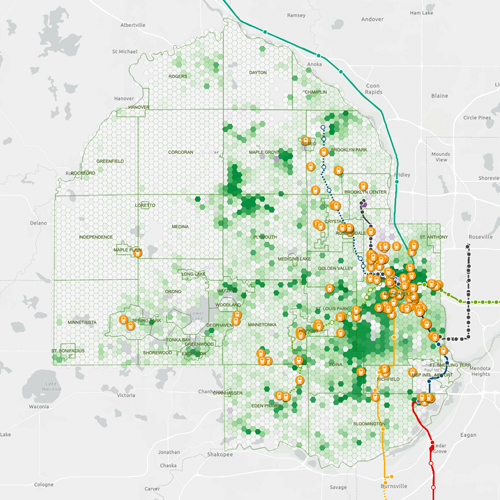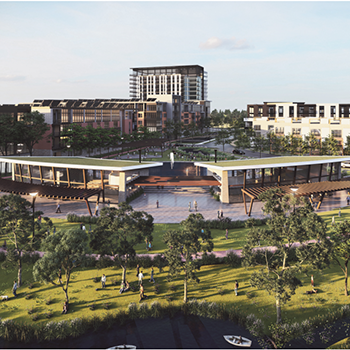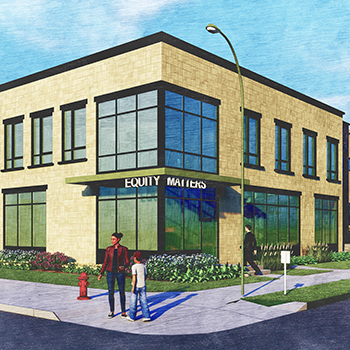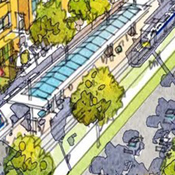Success stories
Advancing thriving, resilient businesses and communities
Hennepin County’s economic development programming delivers resources to achieve two interconnected aims: (1) create vibrant, people-centered places and (2) develop, attract, retain, and grow businesses. These activities contribute to creating communities where people and businesses want to locate and invest, helping to build more equitable, livable, and resilient communities where all can prosper.
Driving development near transit
By incentivizing development around transit, we’re building a more prosperous and resilient future with less reliance on cars, reduced greenhouse emissions, and greater access between housing, jobs, and amenities. Compact, efficient development around transit and existing infrastructure increases the tax base and reduces infrastructure costs over time. Creating development in walkable, well-connected communities improves access to economic opportunity.
To date, we've invested $51 million in 176 projects contributing to:
2.1 million +
square feet of new or retained commercial and office space
More than $2 billion
in leveraged funding
18,000
new or retained housing units
3,500
new or retained jobs
Supporting small businesses
Small businesses are the backbone of our resilient economy. They create a significant number of jobs, foster innovation, and reflect our growing diversity. Hennepin County’s ambition is to be one of the best places to start and grow a business. Through Hennepin County’s unique brand of business support, Elevate Hennepin, small businesses of all types can access the resources and expertise they need to grow.
4,080
small businesses served
263
businesses launched
$46.9 million
in facilitated financing
49,374
hours of advising support
Mapping growth and investment
Hennepin County’s Housing and Community Investment map is an interactive mapping application that shows Hennepin County Housing and Economic Development investments over the past 20+ years. The map includes a slider that overlays these projects on:
- Property value changes and property improvements since 2005
- The Center for Disease Control’s Social Vulnerability Index, which identifies areas more vulnerable to health and environmental stressors.
Learn about the tool methodology
Since 2005, Hennepin County has invested more than $200 million in hundreds of planning and development projects across our 45 communities – with the vast majority in low- and moderate-income communities.
Our aim is for residents in every community to have the highest quality of life attainable, with all people having access to the resources they need to thrive and withstand challenges. Increasing access to opportunity and investing in communities where we can have the greatest impact contributes to a growing economy and vibrant, connected communities for all residents.
























